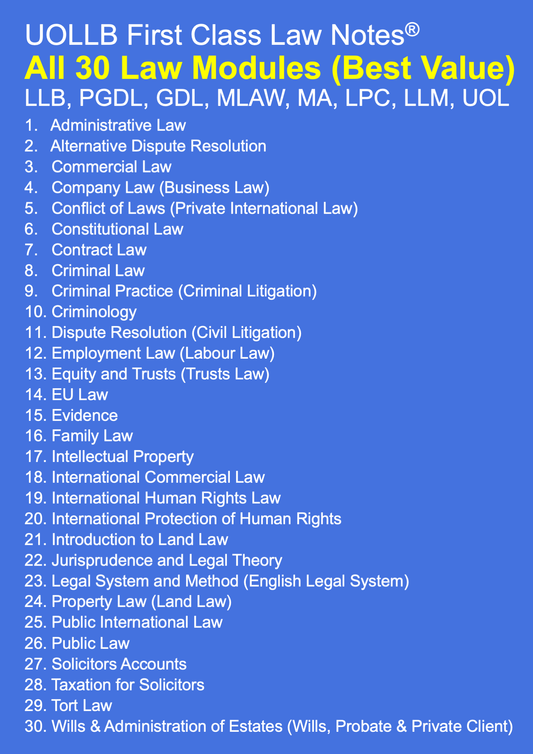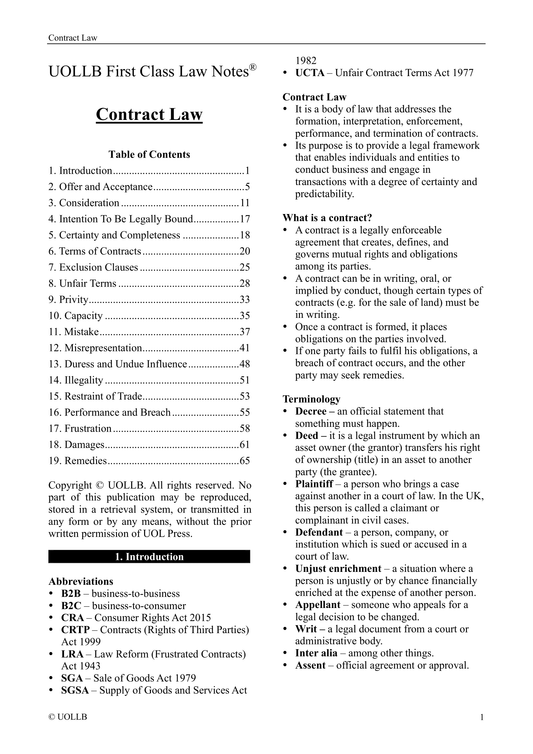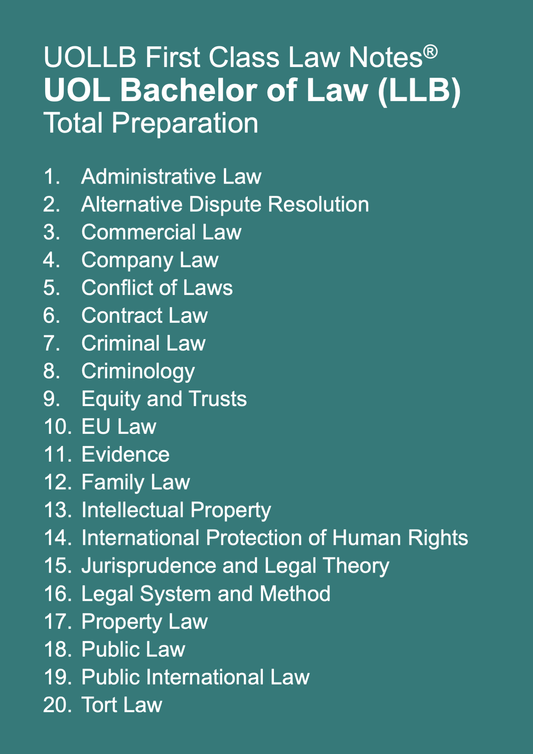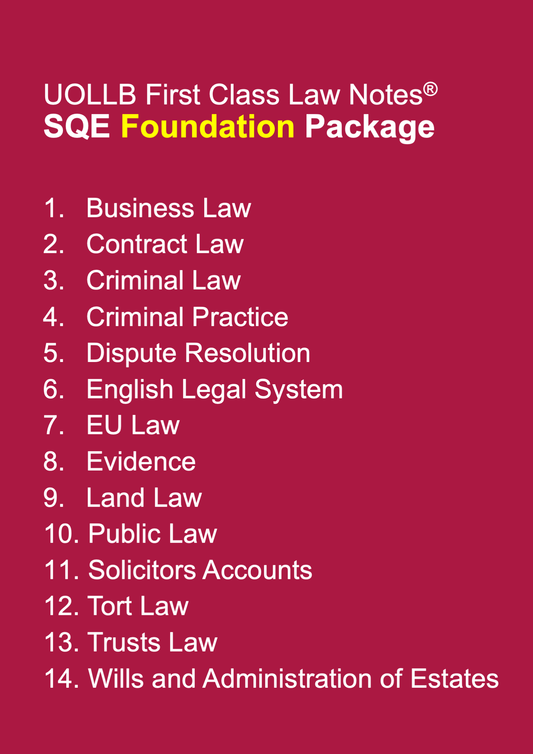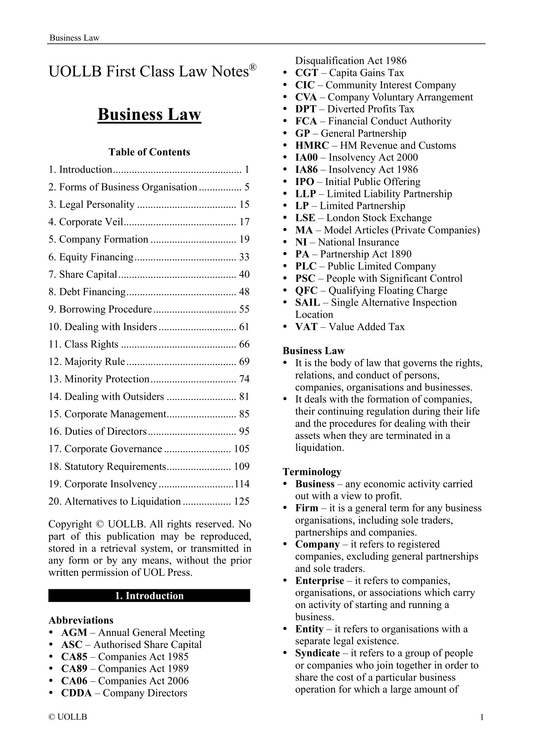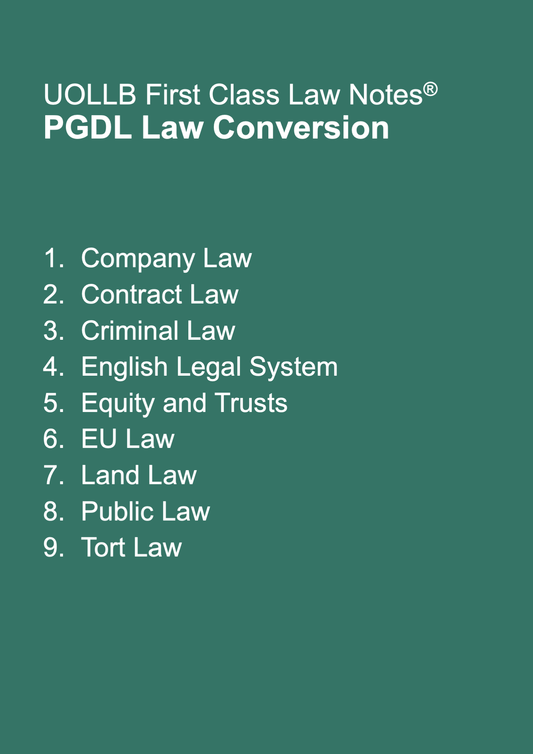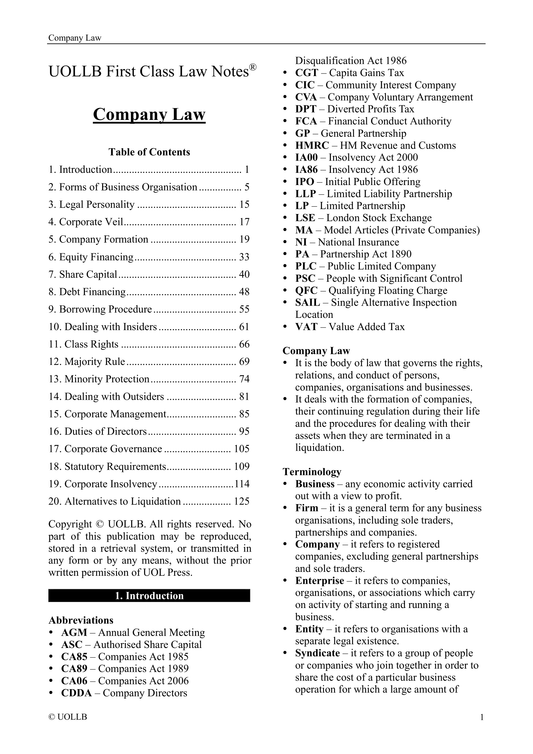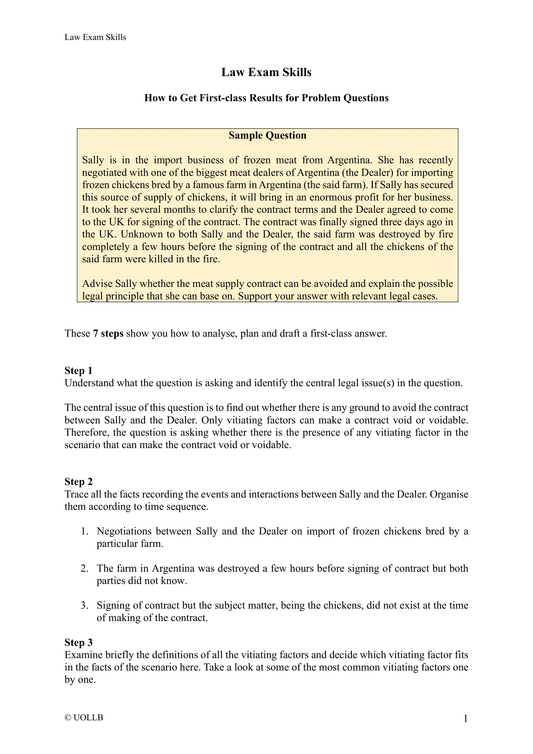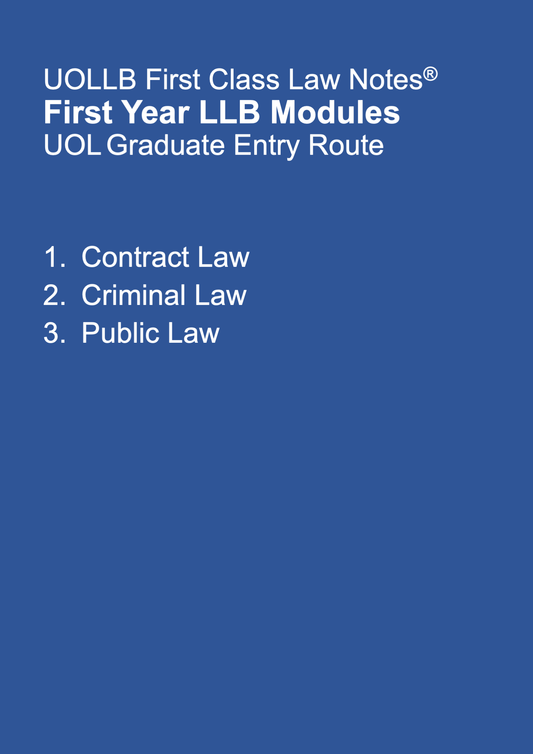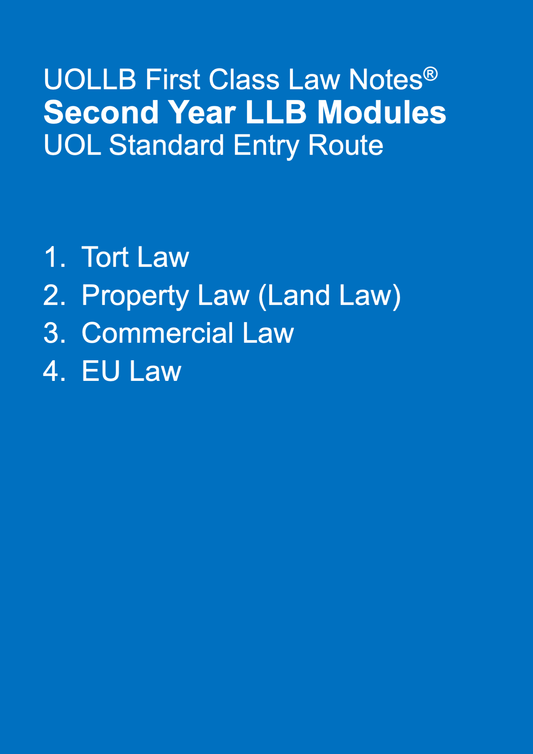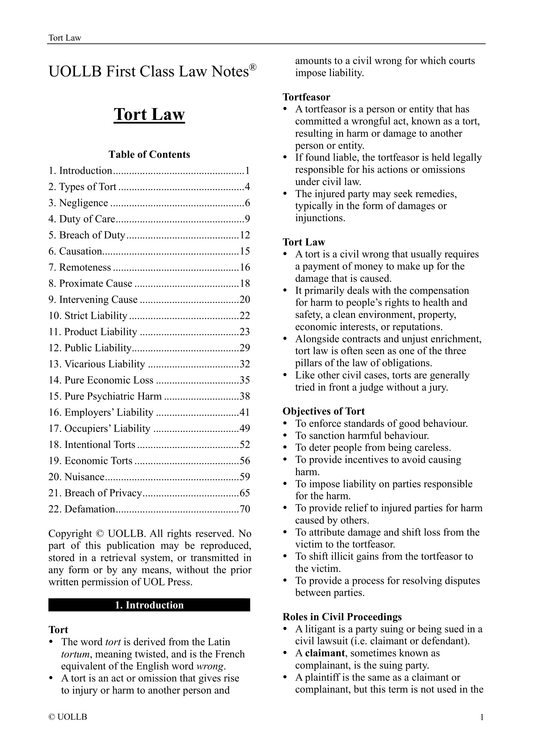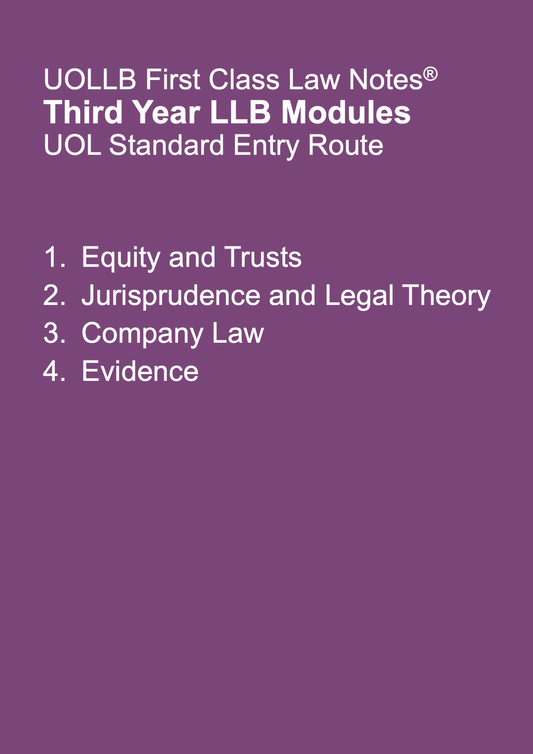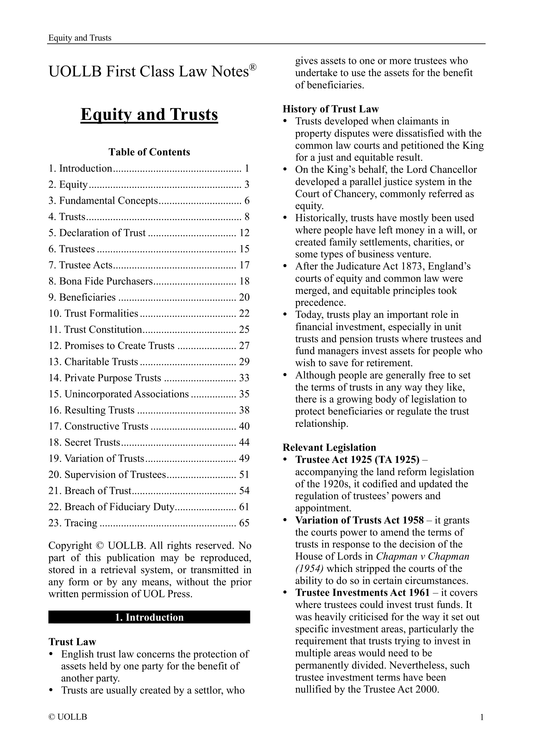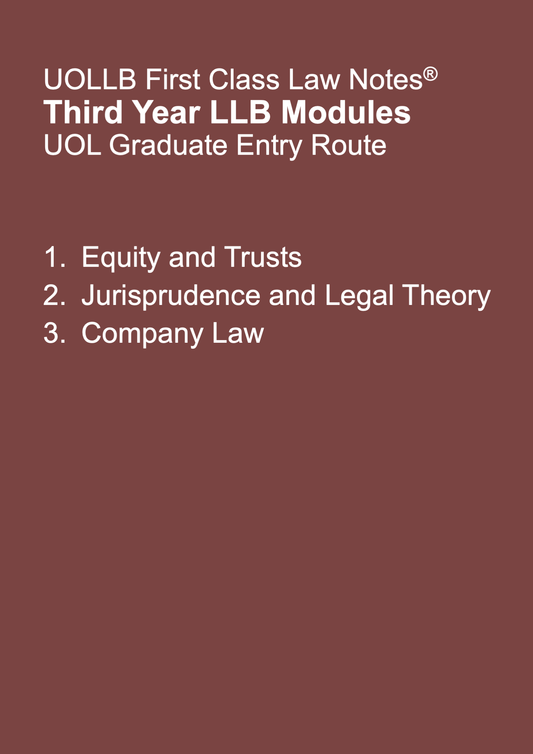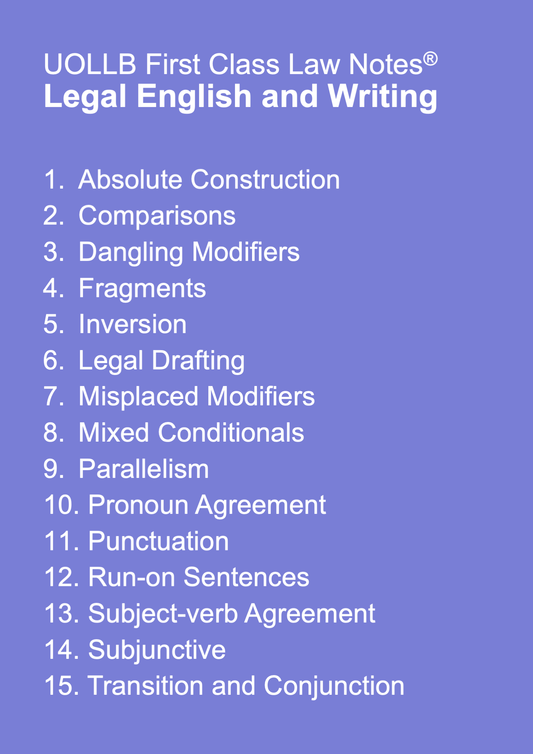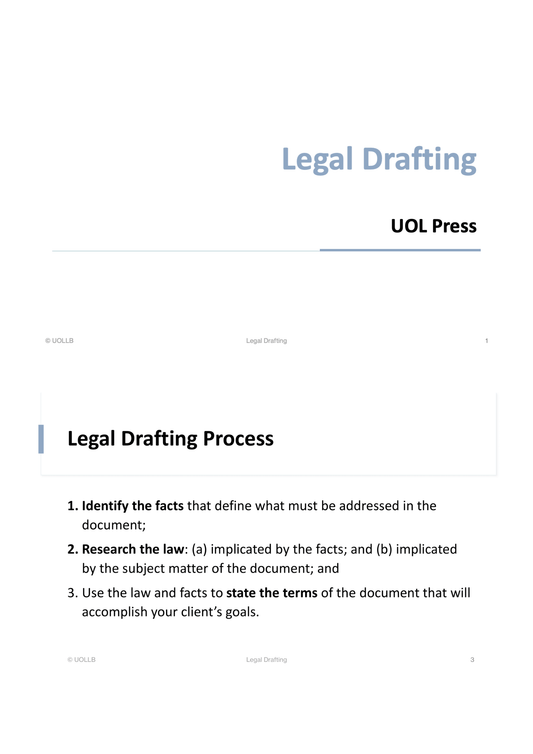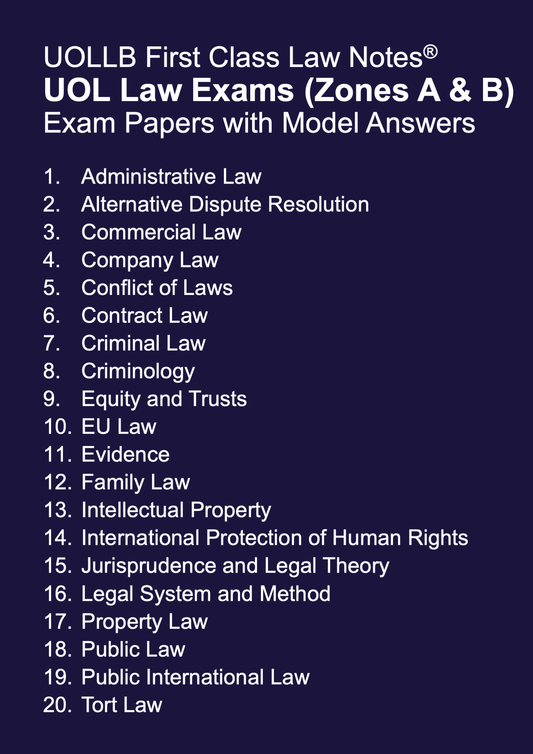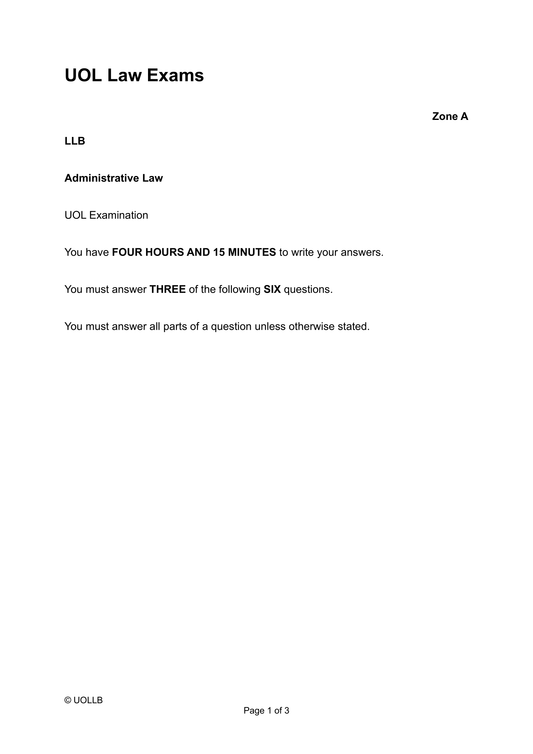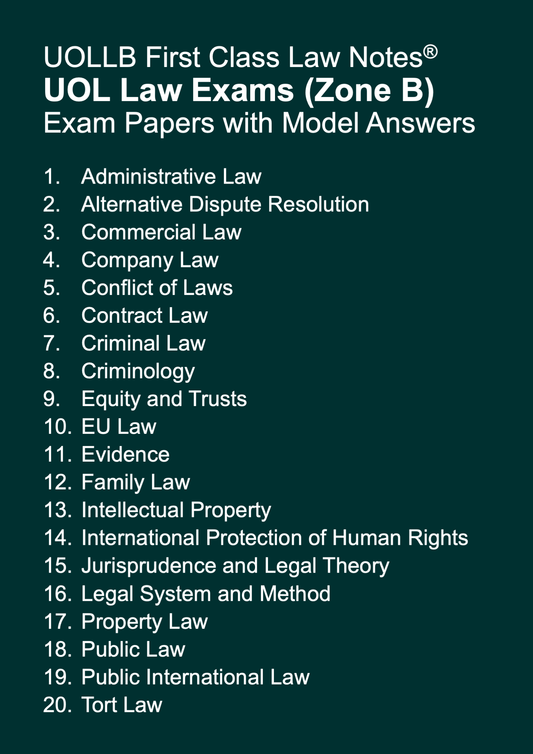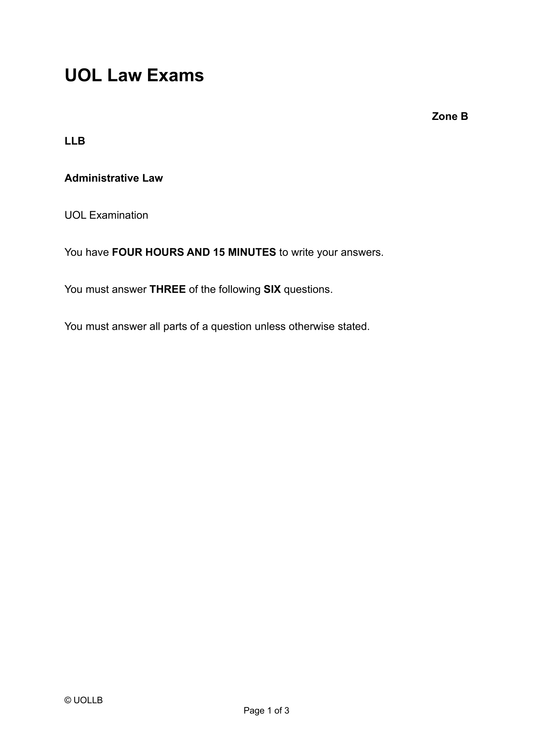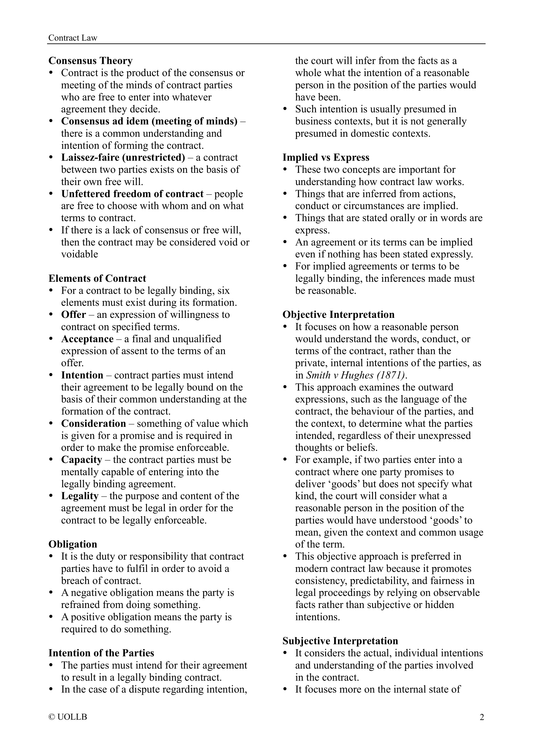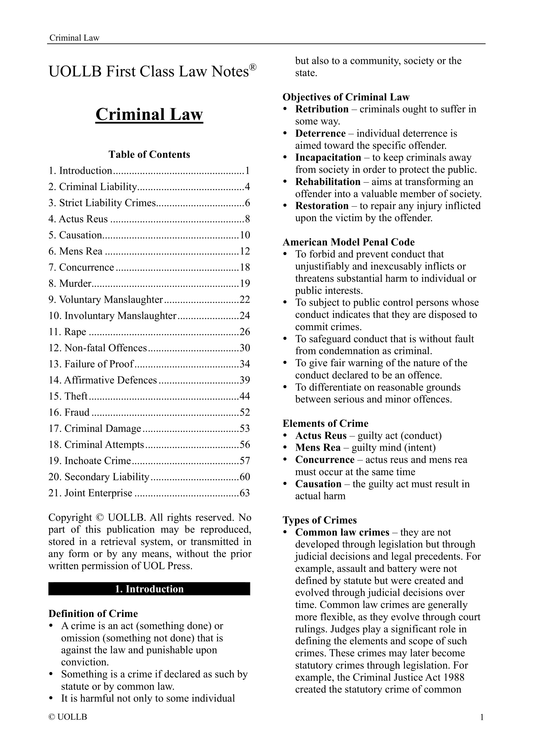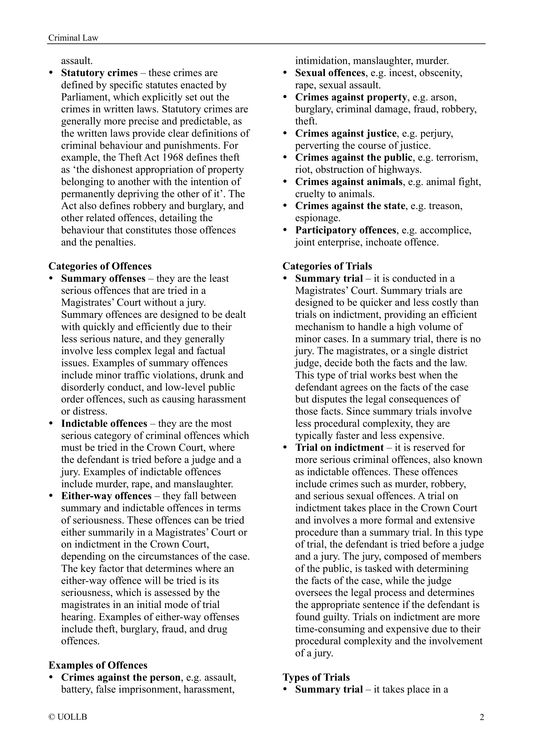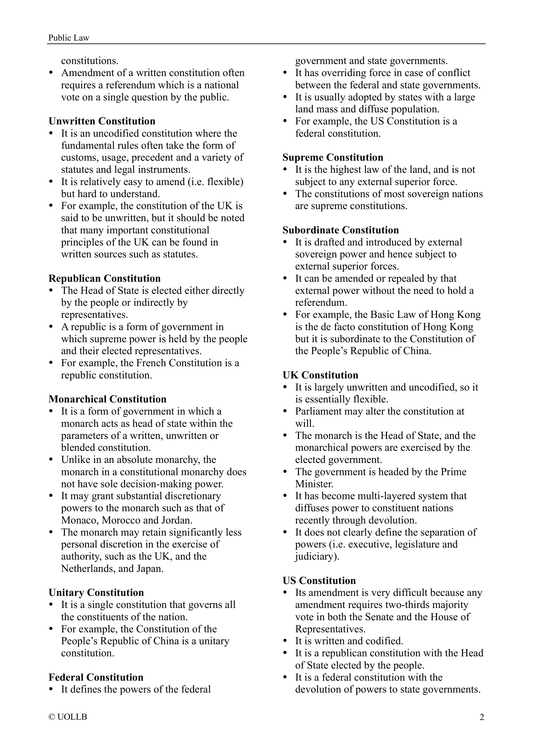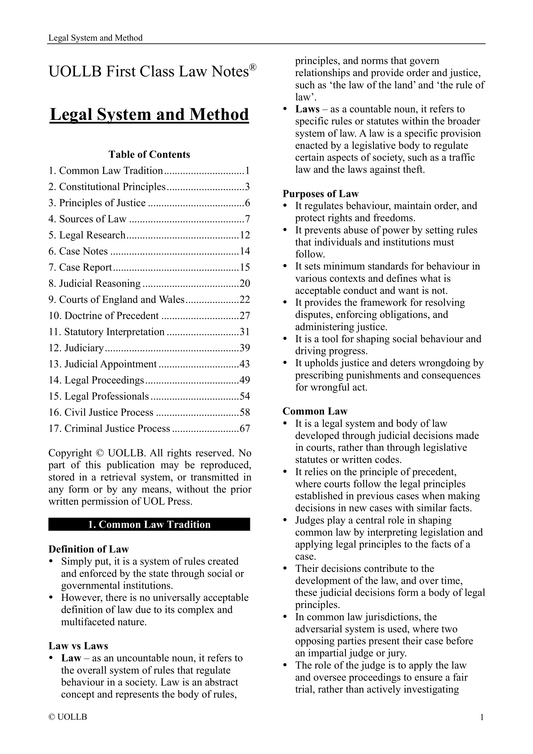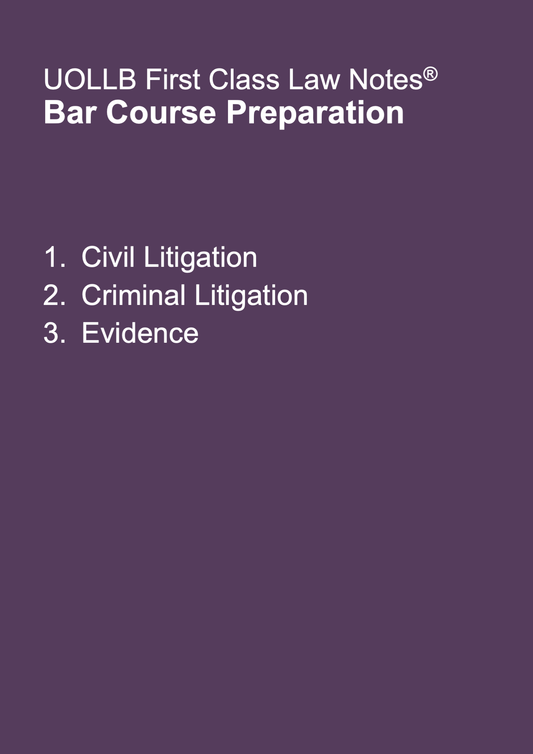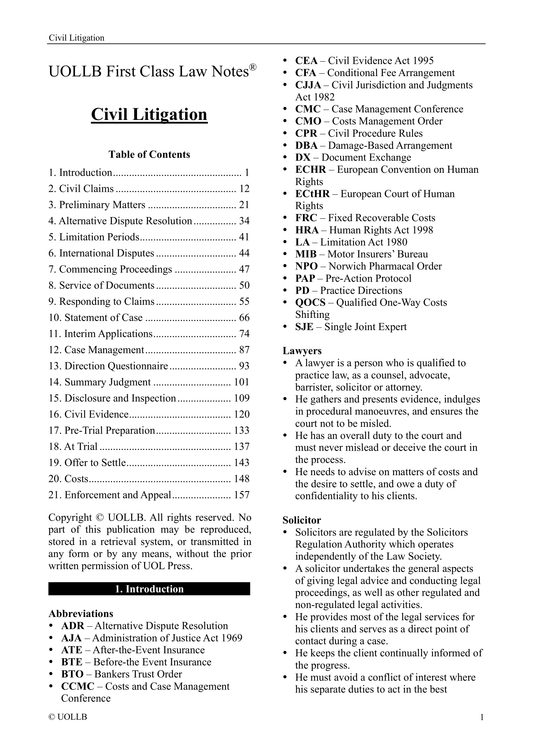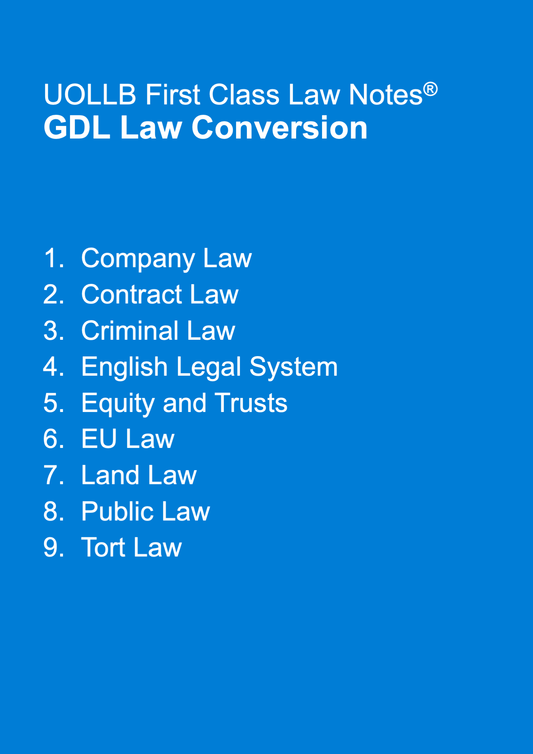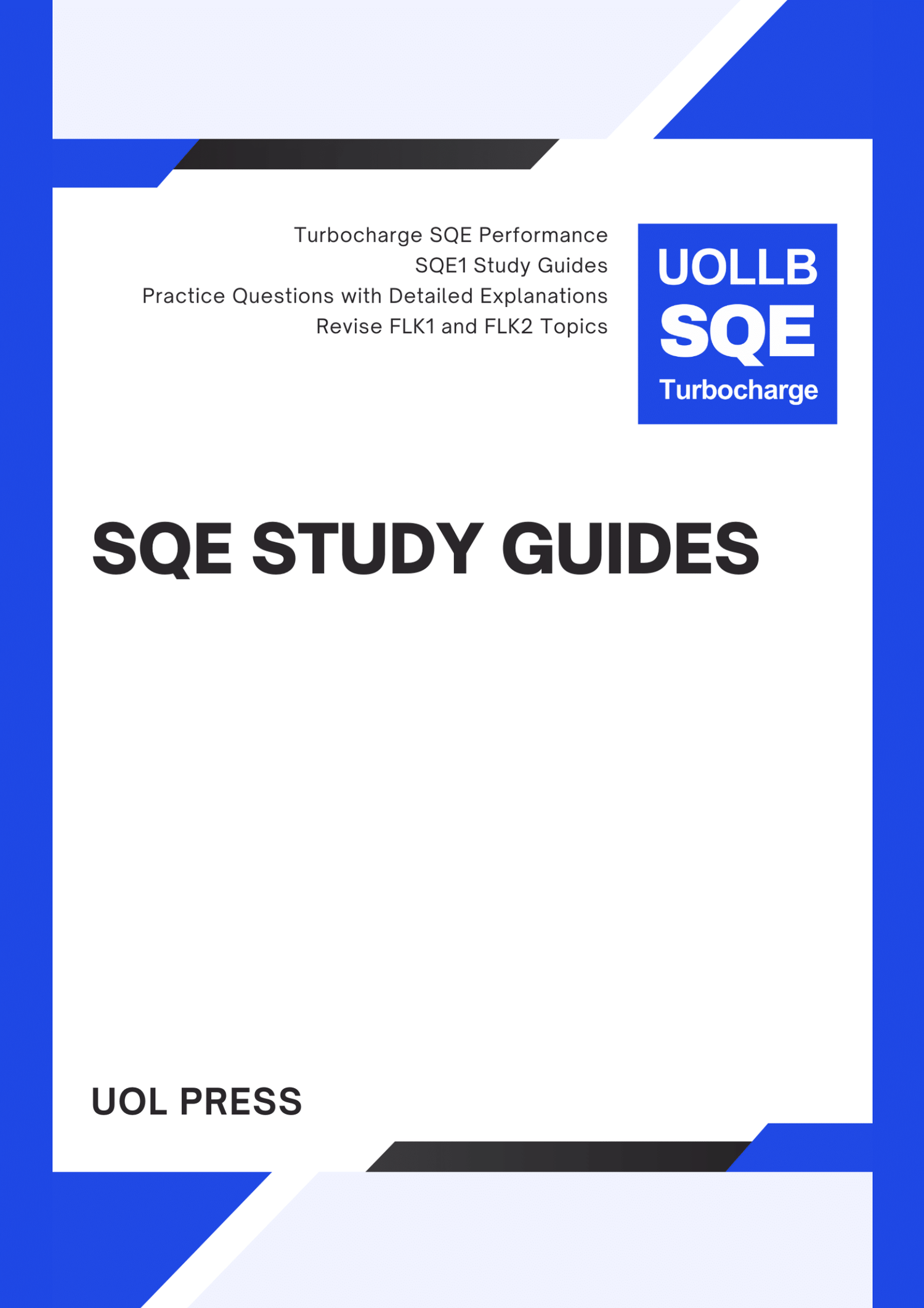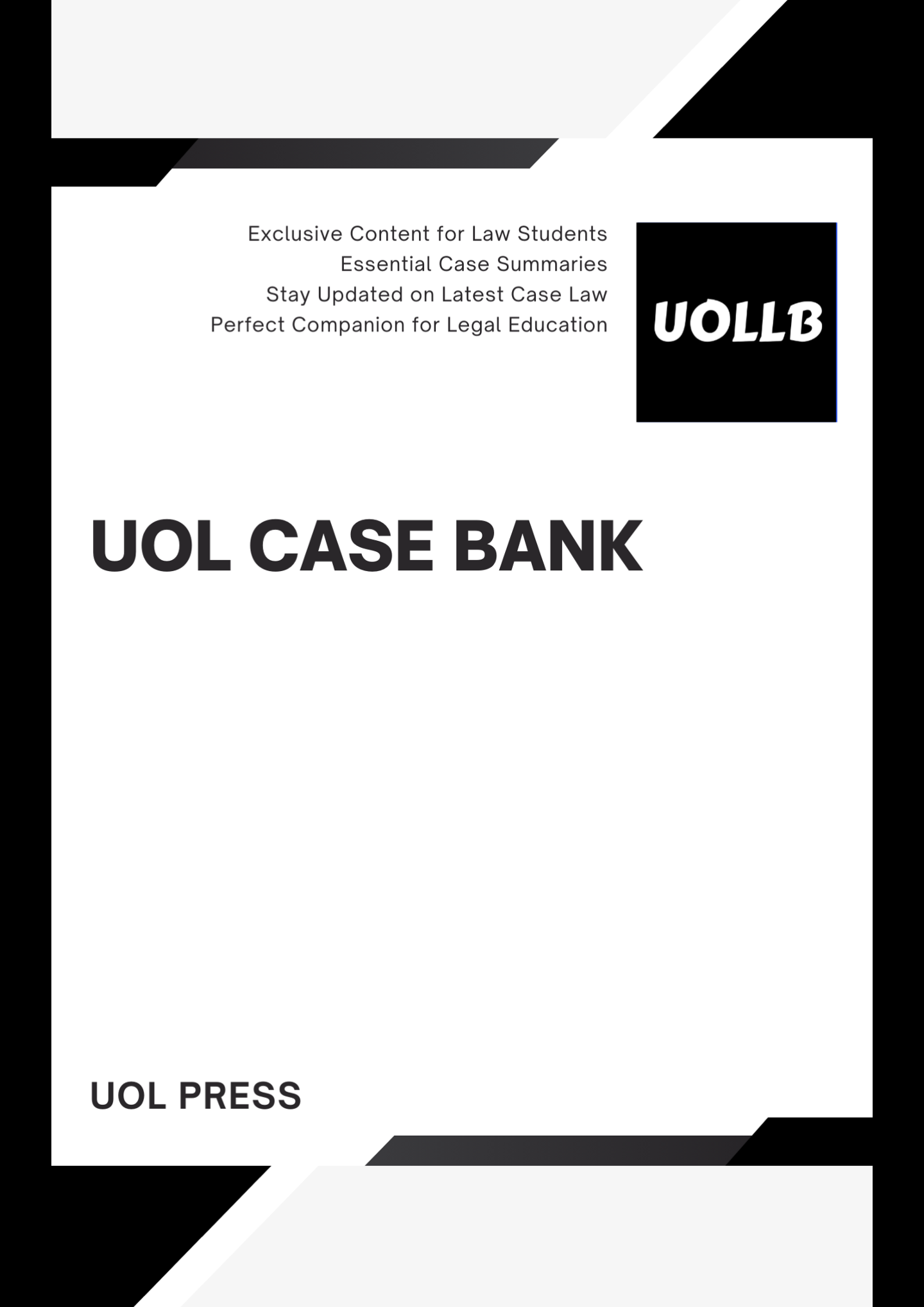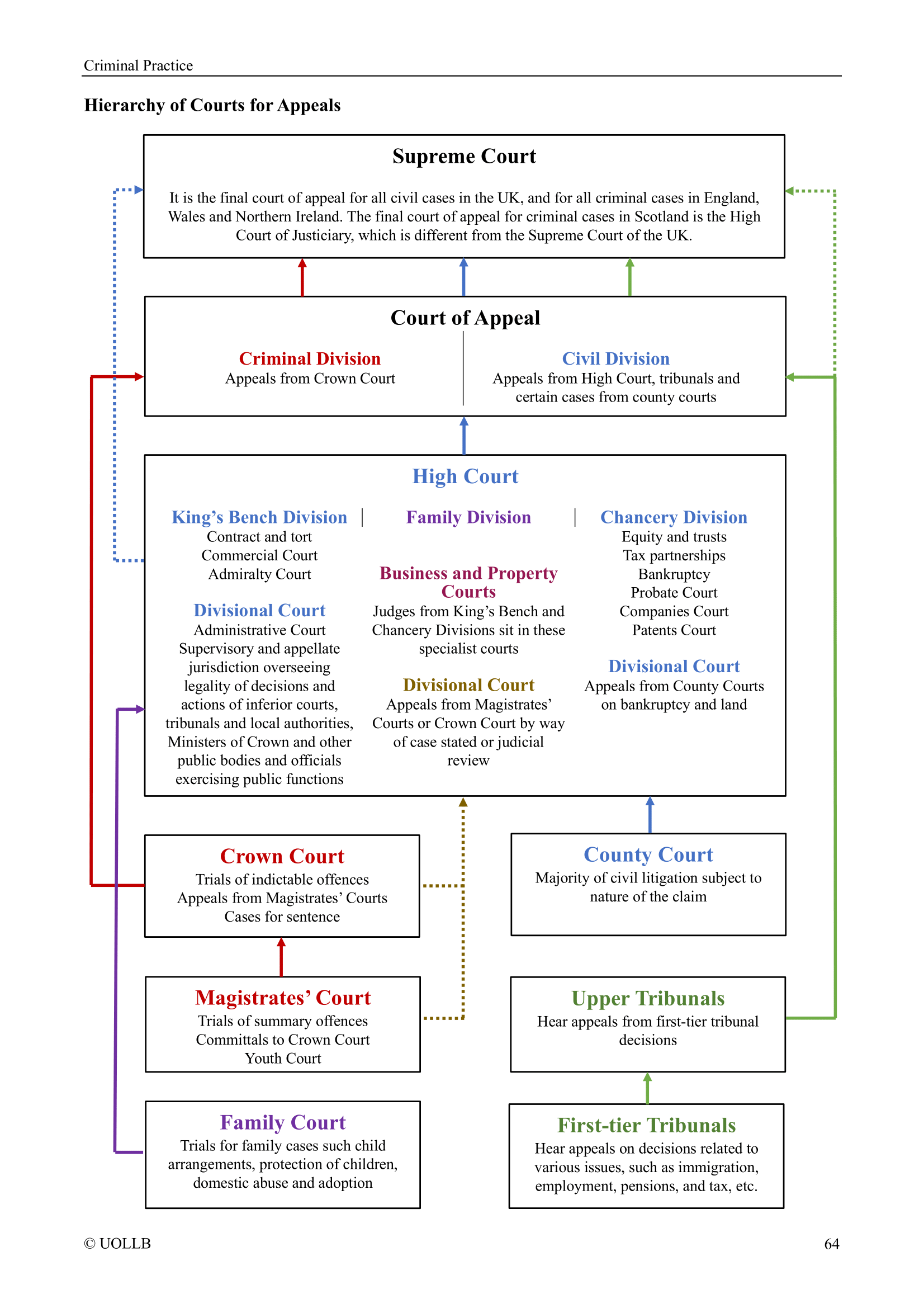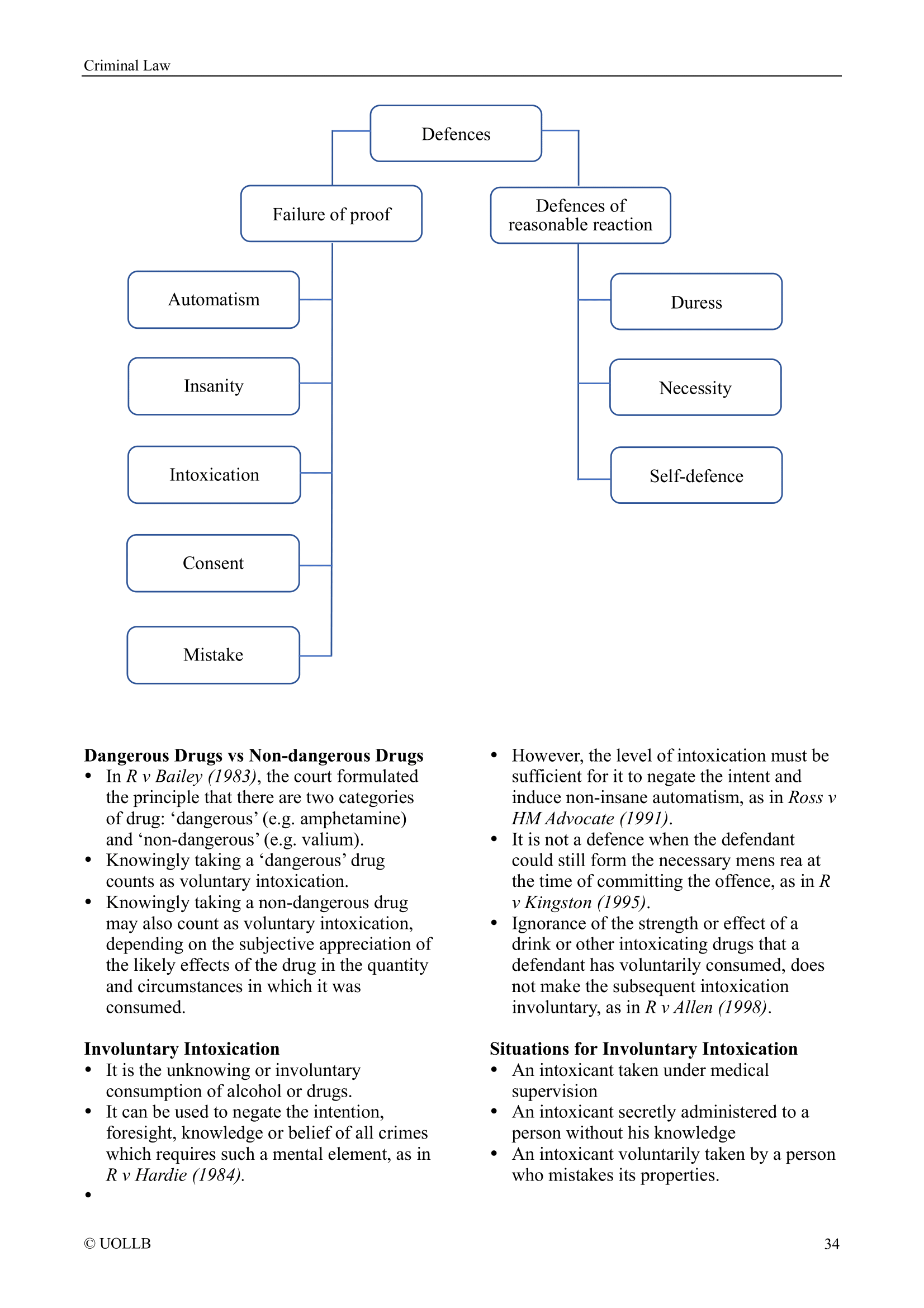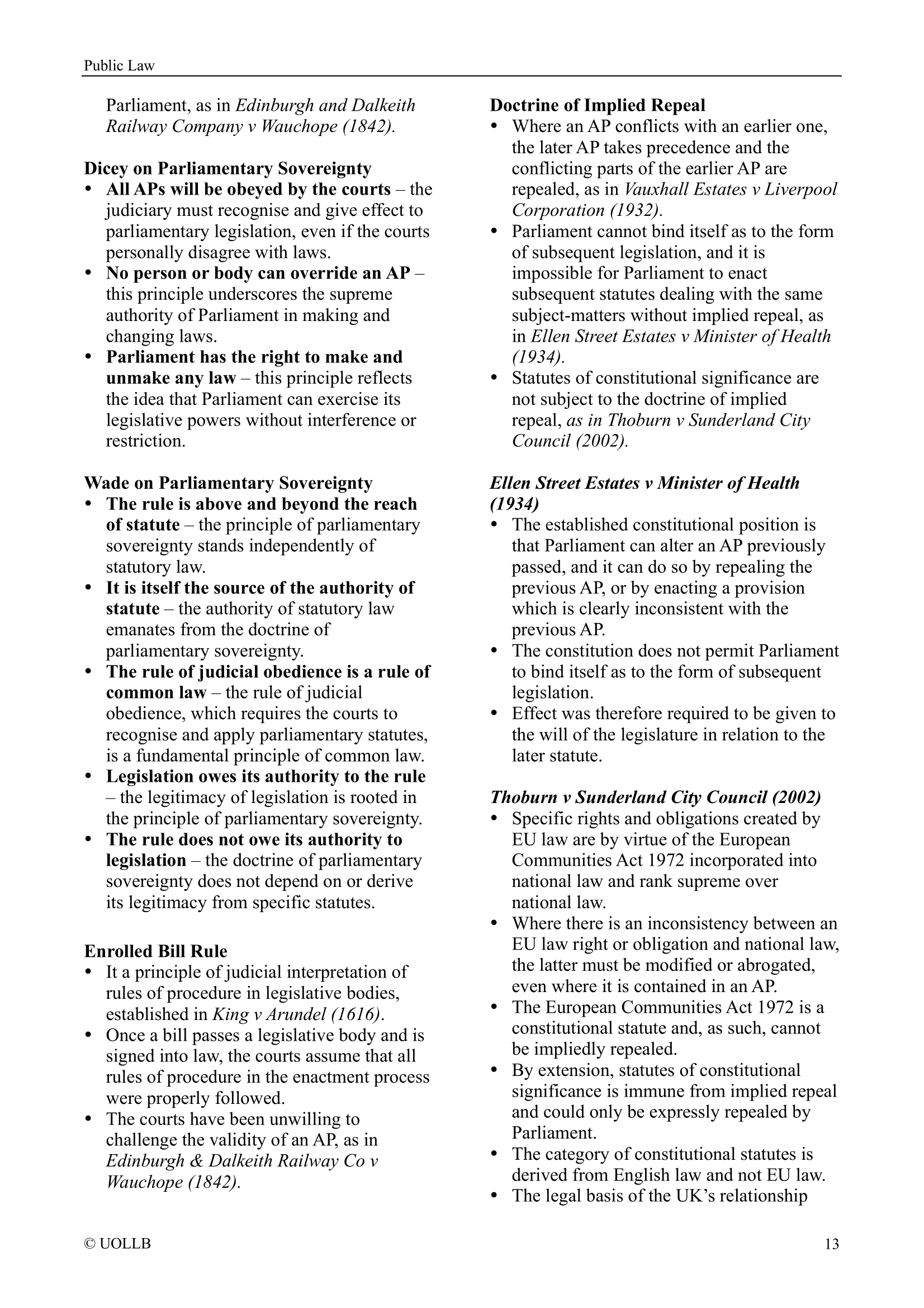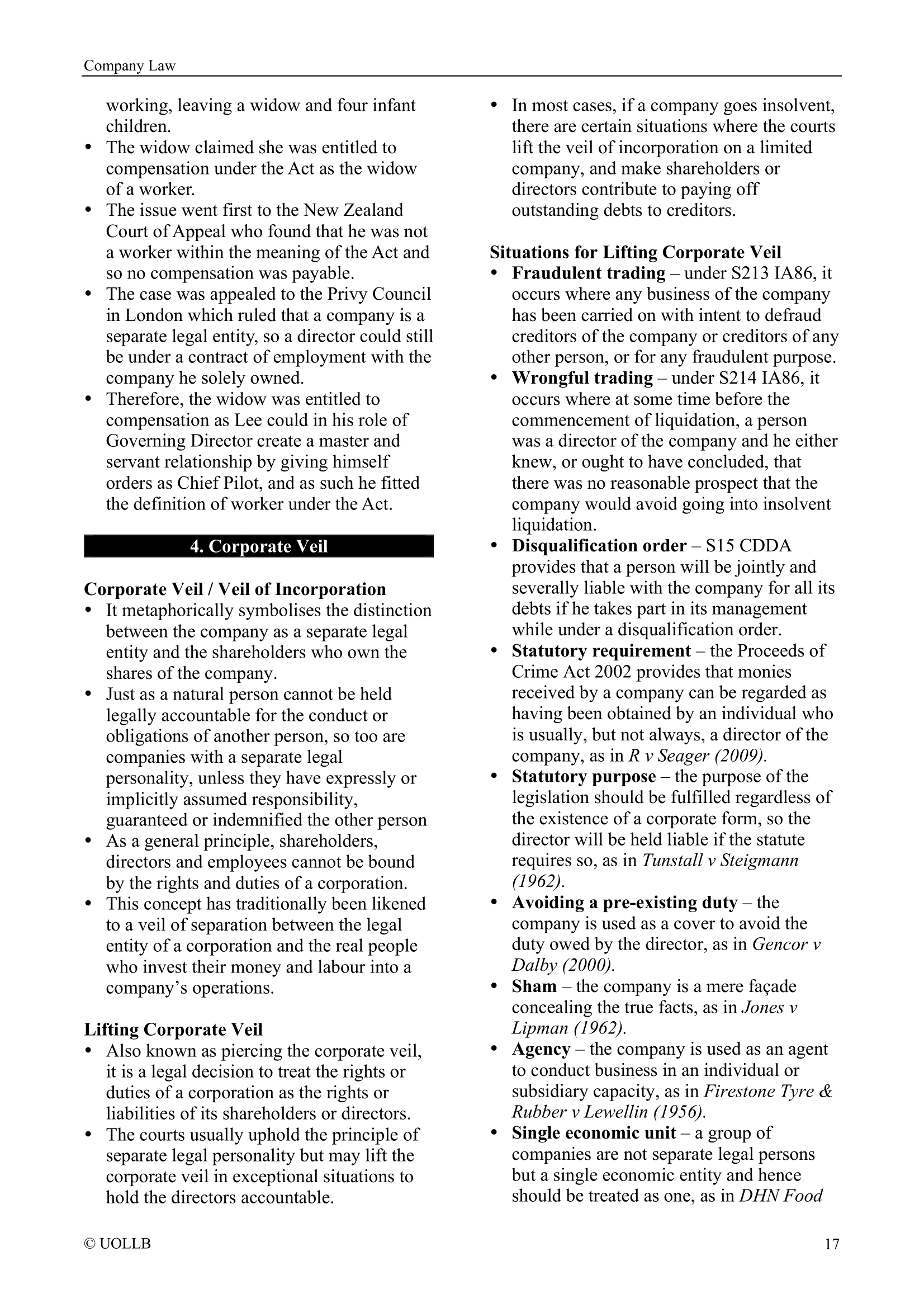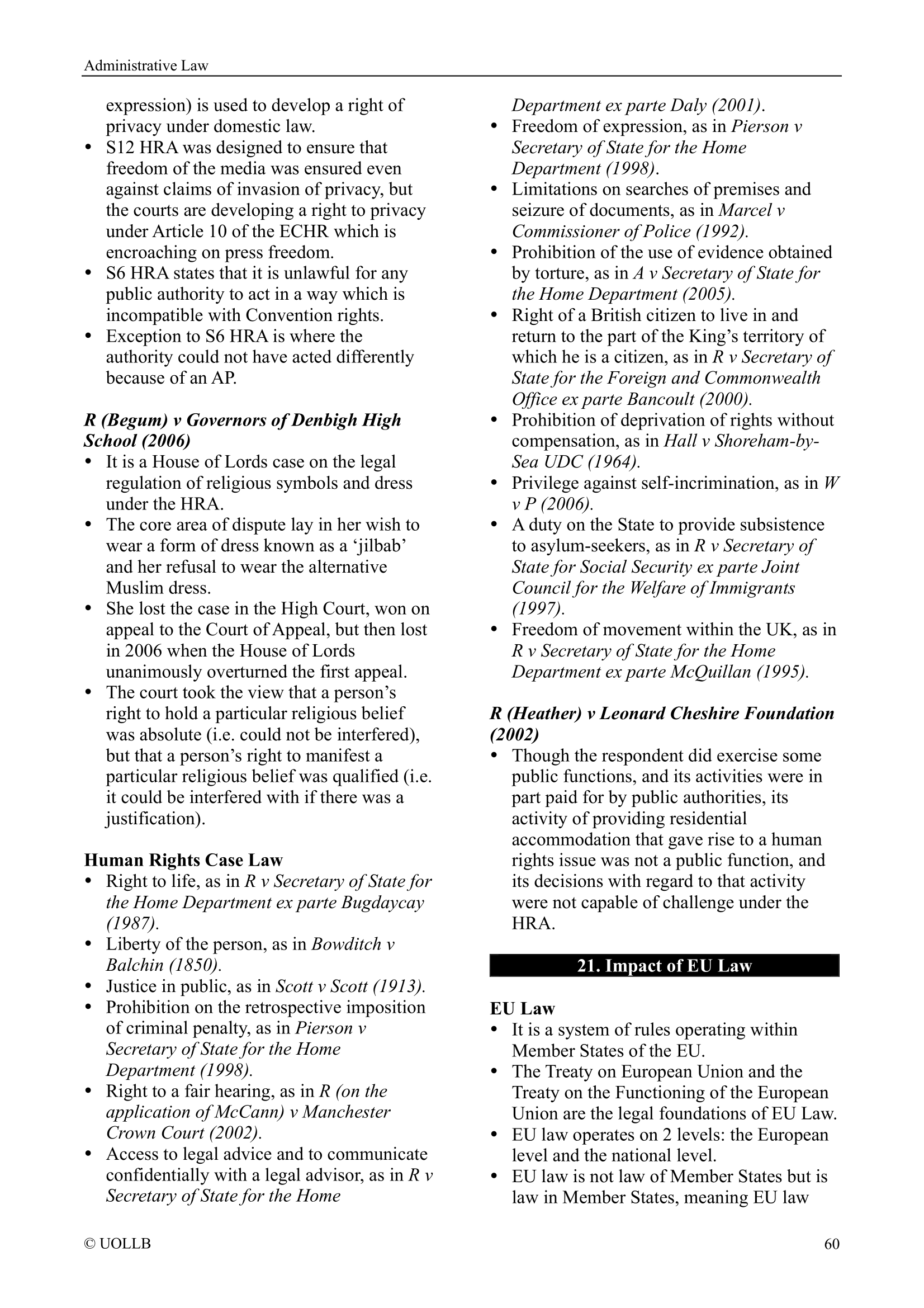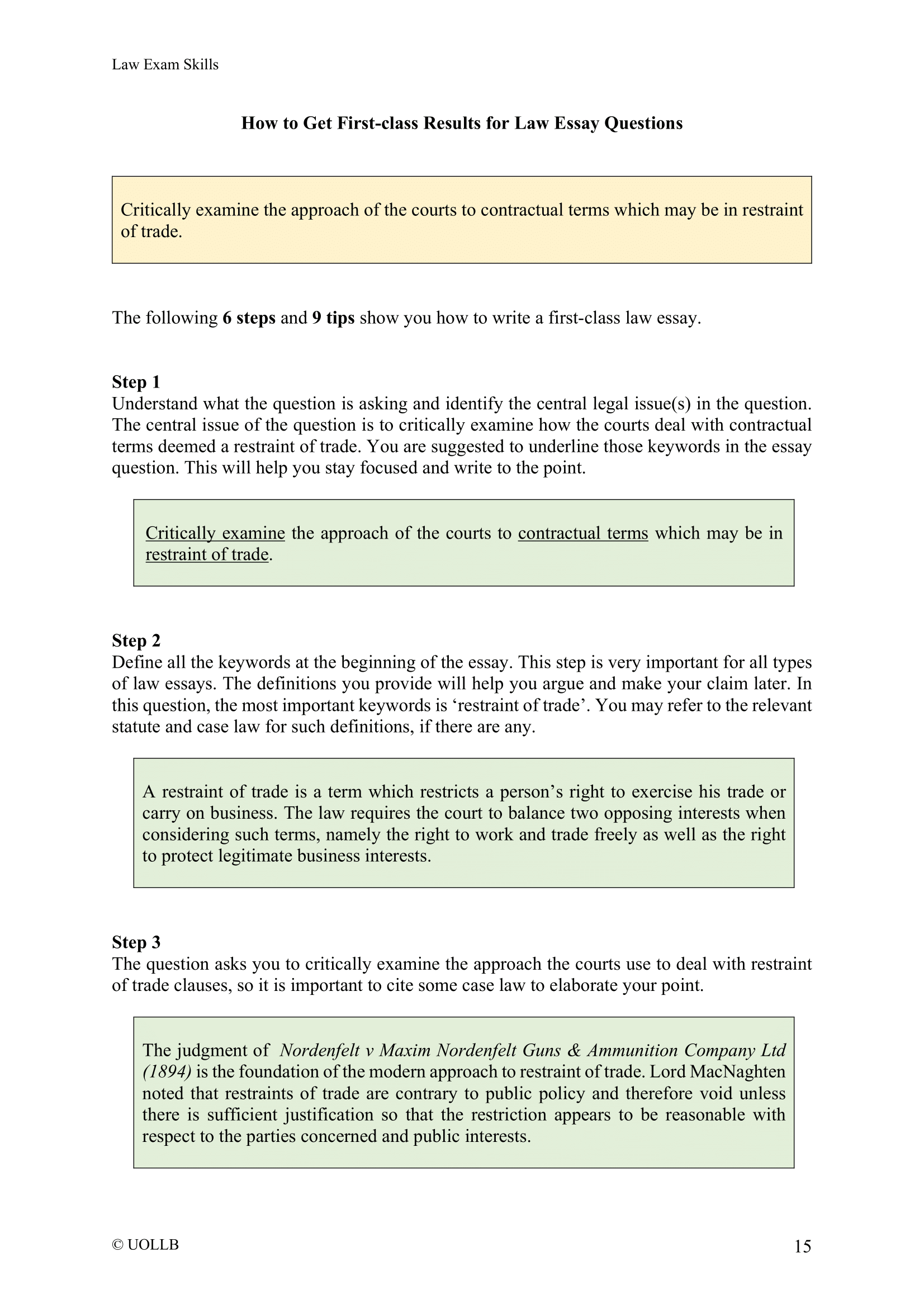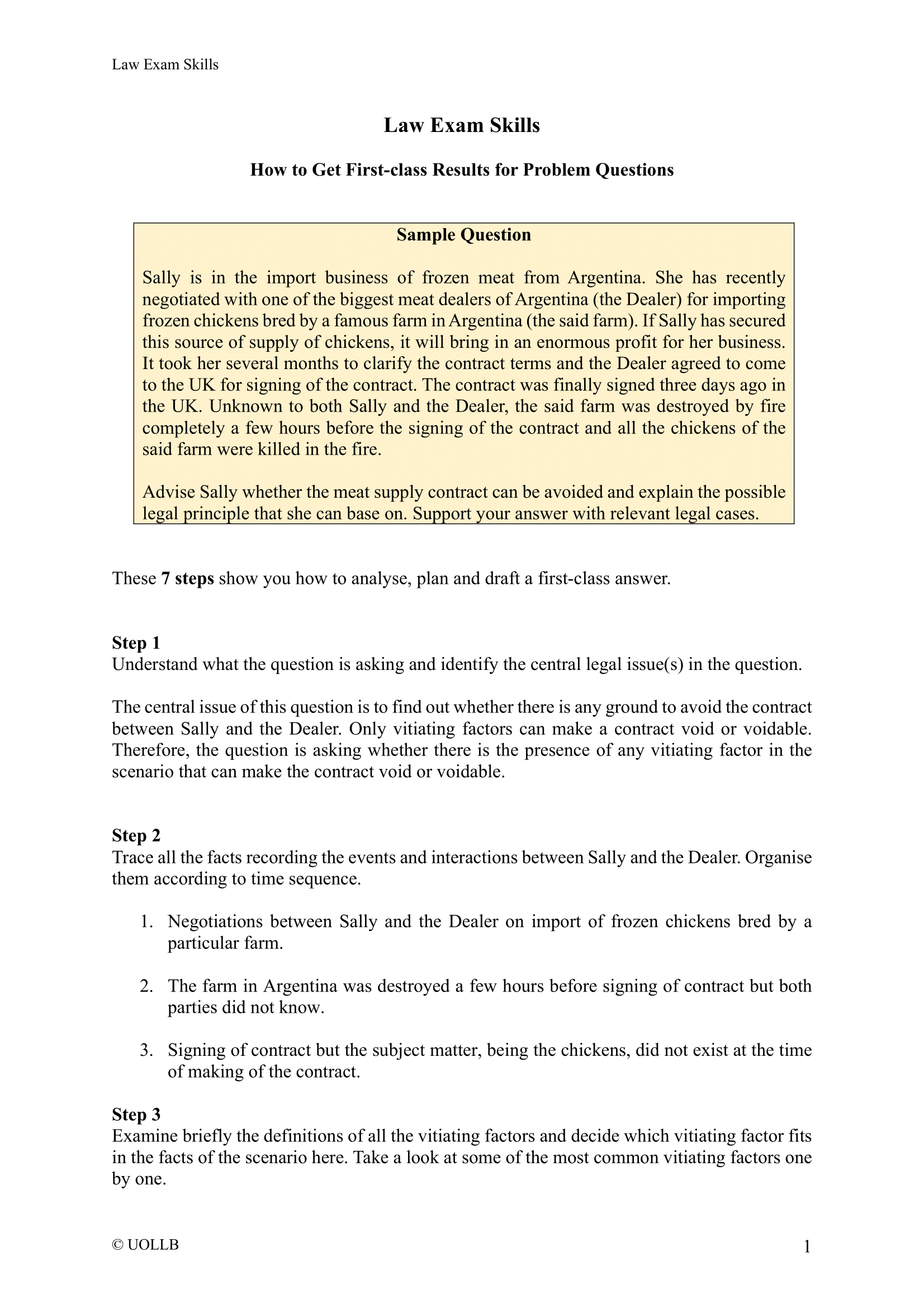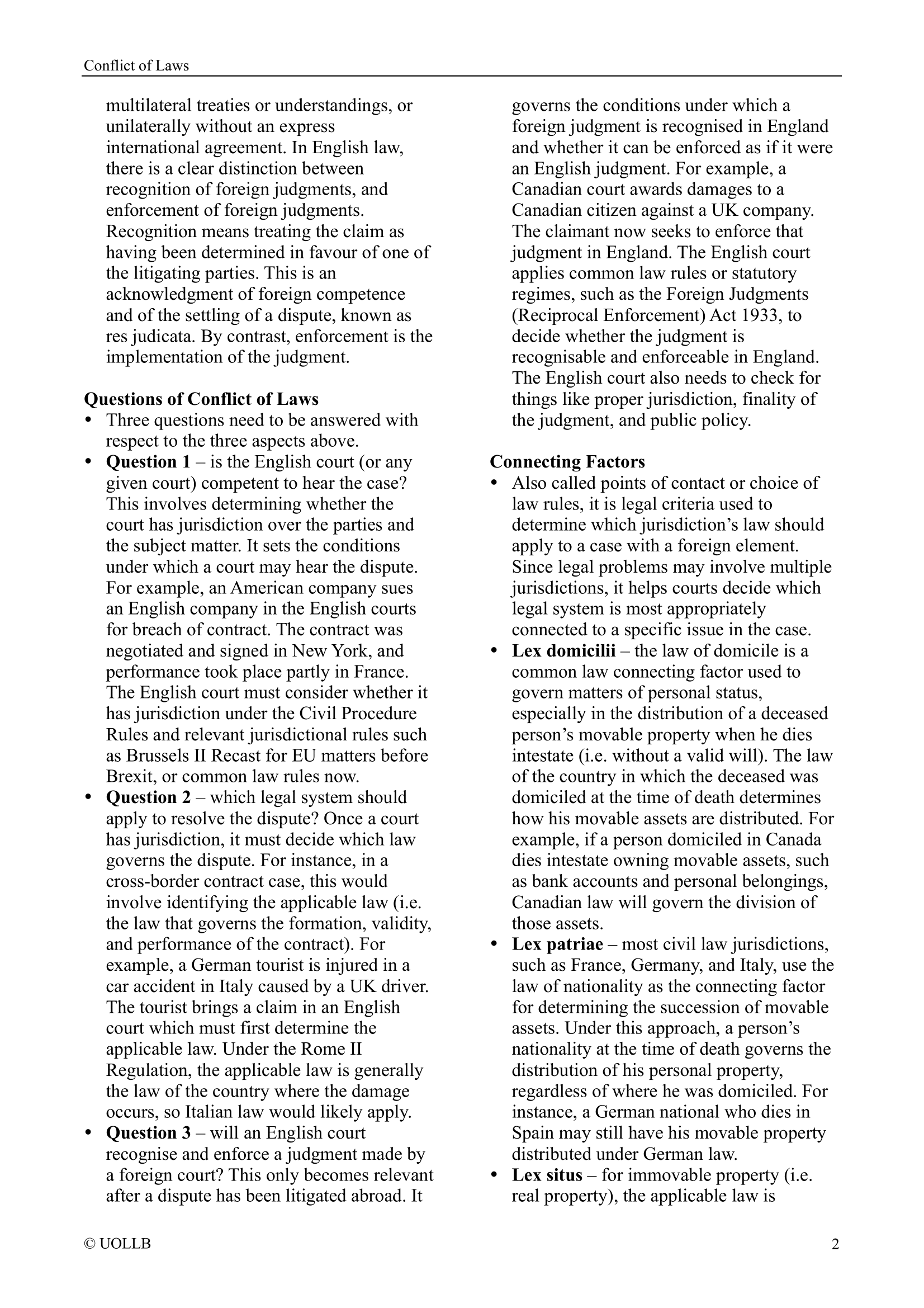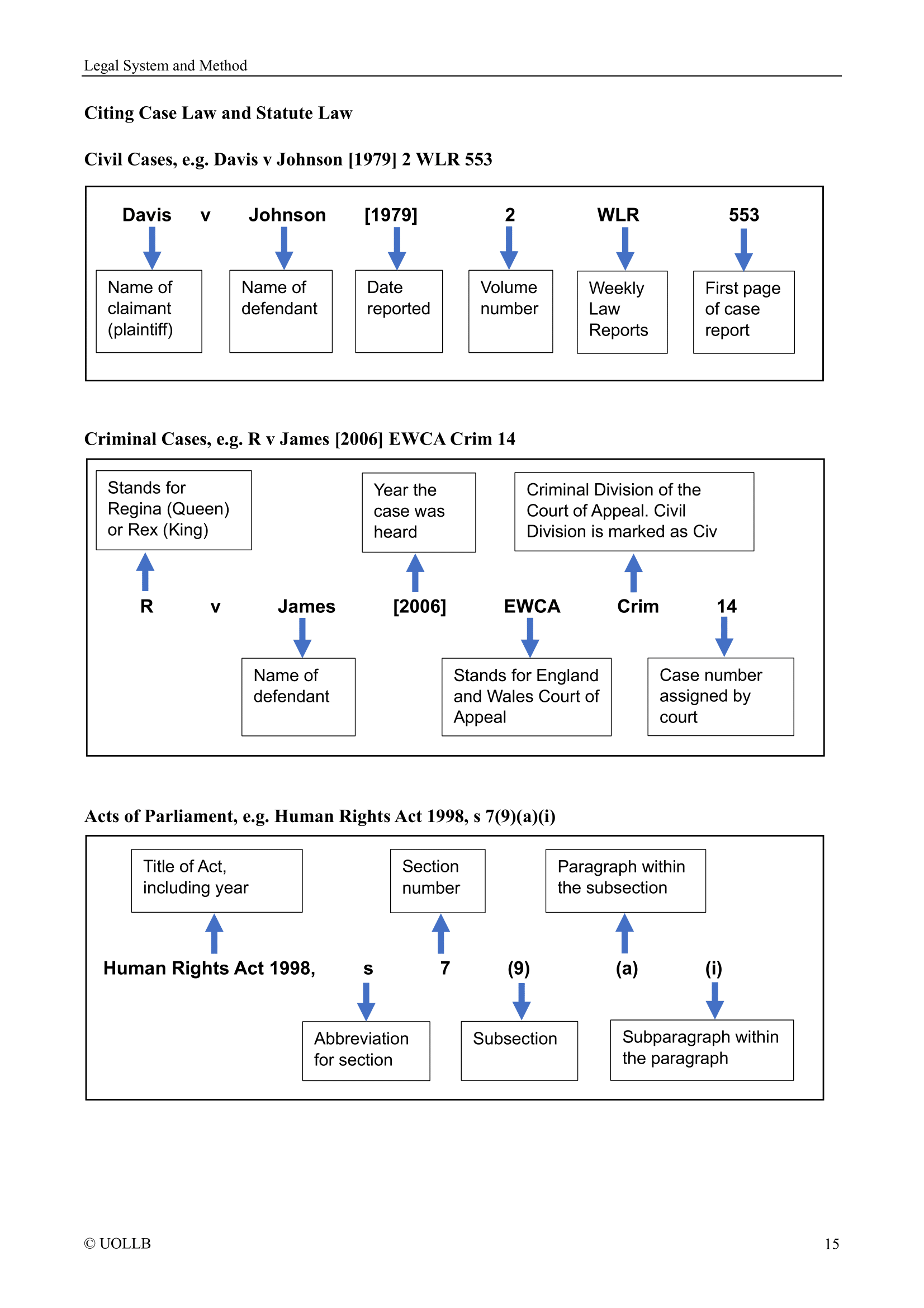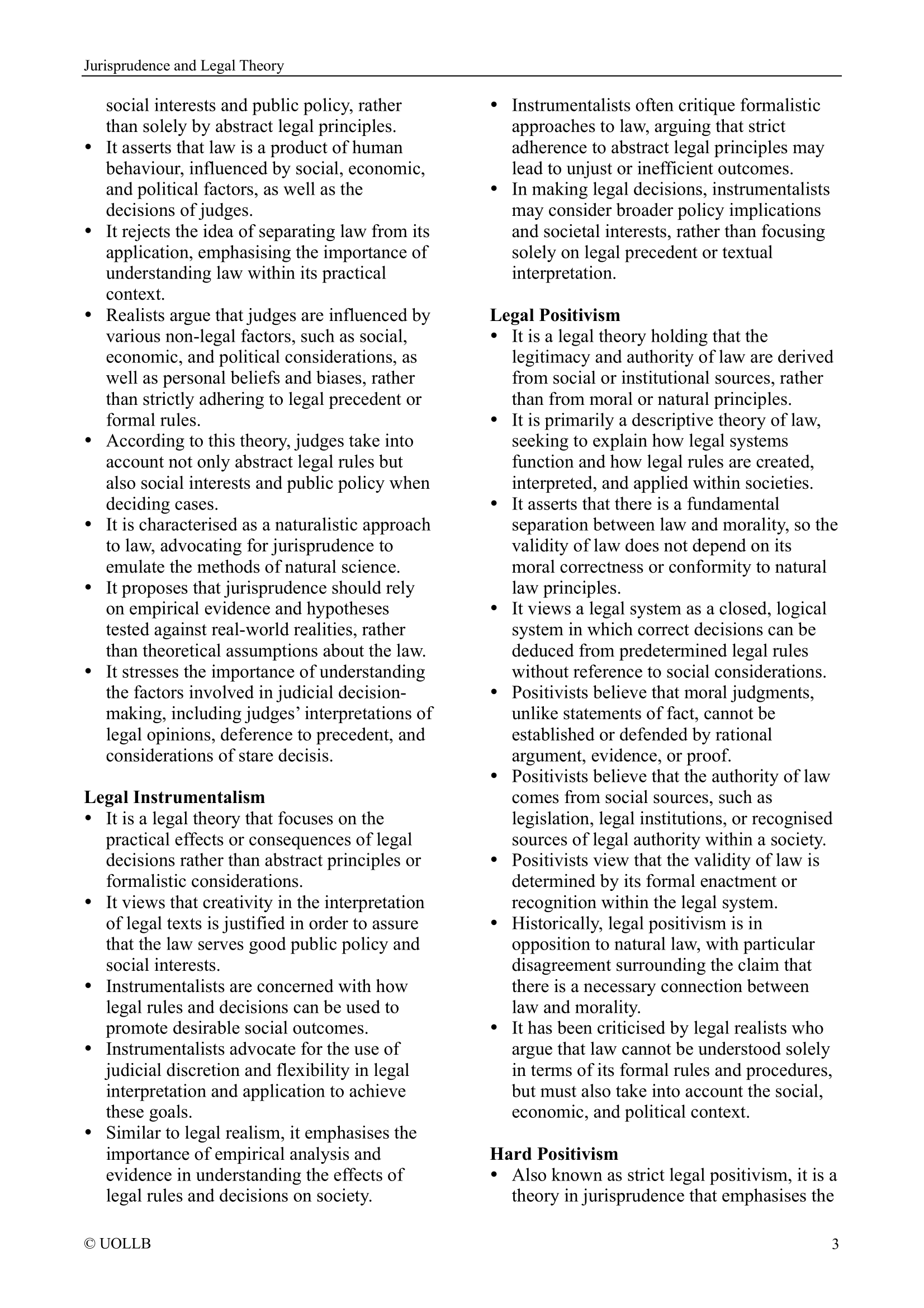Accidents and Liability: A Half-Century Retrospective on Tort Law
Share
Introduction
The last half century has witnessed remarkable transformations in English tort law. From the expansion of negligence into novel contexts to the gradual recognition of new heads of damage, the law has continually evolved in response to social change, economic pressures, and technological innovation. Yet despite these developments, the basic structure of accident compensation remains strikingly familiar: a fault-based system mediated by insurance, with supplementary interventions from statutory schemes and the welfare state.
This article takes stock of these developments, tracing where tort law has been over the last fifty years and reflecting on where it may go in the decades ahead. It considers the persistence of fault as the central organising principle of liability, the incremental adjustments introduced by courts and Parliament, and the challenges of efficiency and justice that continue to haunt the system. It also looks forward, exploring the future of personal injury law in light of emerging risks from artificial intelligence, autonomous vehicles, global pandemics, and the possibility of no-fault schemes. The aim is not simply to catalogue doctrinal changes, but to offer a critical reflection on the values, policies, and pressures that shape the modern law of accidents and compensation.
1. The Evolution of Negligence and the Fault Principle
Negligence has remained the dominant tort throughout this period, providing the framework for most personal injury litigation. The law has both consolidated and expanded its reach. The neighbour principle, crystallised in Donoghue v Stevenson [1932] AC 562, continues to serve as a starting point, but the last fifty years have seen increasing reliance on incremental development rather than grand generalisations. The tripartite test in Caparo v Dickman [1990] UKHL 2 exemplifies this cautious approach, with courts emphasising proximity, foreseeability, and fairness in recognising new duties.
At the same time, the scope of negligence has broadened. Professional negligence, police liability, and public authority accountability have all been subject to scrutiny. While the courts have resisted a general duty of care owed by public bodies to individuals, landmark cases such as Robinson v Chief Constable of West Yorkshire [2018] UKSC 4 have clarified that public authorities are not immune from liability and will be held to the same standards as private actors where ordinary negligence principles apply.
Yet fault remains a contested organising principle. Critics argue that negligence litigation often turns less on genuine moral culpability than on the presence of insurance. Employers, drivers, and hospitals are sued not primarily because of egregious misconduct but because they are insured defendants able to satisfy judgments. The law continues to speak in the language of blame, but its practical operation is often about distributing losses in a way that maps onto insurance arrangements.
2. Strict Liability and the Expansion of Vicarious Responsibility
Alongside negligence, the last half century has seen the growth of strict liability principles, though not as comprehensively as some predicted. Product liability under the Consumer Protection Act 1987 introduced a statutory regime of liability without fault for defective products, inspired by European directives. Environmental liability has been bolstered by statutory duties, while common law strict liability, most famously under Rylands v Fletcher (1868) LR 3 HL 330, has withered in importance.
The real story of expansion has been vicarious liability. The courts have extended the doctrine beyond the traditional master–servant relationship, recognising liability where relationships are “akin to employment” and where the tort is closely connected to the functions entrusted to the wrongdoer. Cases involving institutional abuse, such as Catholic Child Welfare Society v Various Claimants [2012] UKSC 56, pushed vicarious liability into new territory, with employers and organisations held accountable for egregious wrongdoing. Yet more recently the Supreme Court in Barclays Bank v Various Claimants [2020] UKSC 13 and WM Morrison Supermarkets v Various Claimants [2020] UKSC 12 has sought to draw boundaries, emphasising that vicarious liability cannot become an unlimited tool of social risk allocation.
This trajectory illustrates both the flexibility and the uncertainty of tort law. Vicarious liability operates as a policy device to ensure that claimants receive compensation from a solvent defendant, usually an insured institution, but its expansion raises questions of principle. The line between compensating victims and imposing unfair burdens on enterprises remains delicate.
3. Psychiatric Injury and the Limits of Liability
One of the most contested areas of personal injury law over the last fifty years has been psychiatric injury. The law has struggled to reconcile medical advances in understanding mental harm with legal concerns about indeterminate liability. The restrictive rules established in Alcock v Chief Constable of South Yorkshire [1991] UKHL 5 continue to govern claims by secondary victims, requiring close ties of love and affection, proximity to the event, and sudden shock.
While these criteria have been criticised as arbitrary and unscientific, courts have been reluctant to abandon them, fearing a flood of claims and escalating costs. More recent cases, such as Frost v Chief Constable of South Yorkshire [1999] 2 AC 455 and Taylor v A Novo [2013] EWCA Civ 194, reaffirm the restrictive approach. As a result, many deserving claimants are excluded, reflecting a policy preference for limiting liability rather than aligning the law with contemporary psychiatric knowledge.
The persistence of these restrictions underscores a broader theme: tort law is not simply about responding to medical reality or individual justice but about rationing liability within the constraints of what courts and policymakers deem affordable and sustainable.
4. Industrial Disease, Mesothelioma, and Legislative Intervention
Another area of significant development has been industrial disease, particularly asbestos-related mesothelioma. Traditional causation principles proved inadequate where multiple employers exposed a claimant to asbestos and it was impossible to prove which exposure caused the disease. In Fairchild v Glenhaven Funeral Services [2002] UKHL 22, the House of Lords departed from conventional causation rules, allowing claimants to recover where defendants had materially increased the risk of harm. This principle was reinforced by legislation in the Compensation Act 2006, which provided for joint and several liability among employers.
Later schemes, such as the Mesothelioma Act 2014, provided compensation for claimants unable to trace their employers’ insurers. These innovations highlight the capacity of tort law, supplemented by statute, to respond to particular injustices. Yet they also demonstrate its piecemeal character: while mesothelioma victims benefit from special rules, claimants suffering from other industrial diseases often face insurmountable hurdles.
The unevenness of reform raises broader questions about the fairness of a system that develops through ad hoc exceptions rather than comprehensive solutions.
5. Damages and the Pursuit of Full Compensation
The calculation of damages remains at the heart of accident compensation. Courts continue to strive to restore claimants to the position they would have occupied but for the accident, though this is an inherently imperfect exercise. Awards for loss of earnings, cost of care, and medical expenses must account for future contingencies, leading to difficult debates about discount rates and life expectancy.
The discount rate for future loss, long a source of contention, has been revised in recent years to reflect economic realities, producing significant swings in the value of awards. Claimant groups argue that conservative discount rates under-compensate victims, while defendants and insurers contend that generous rates inflate damages and increase premiums.
Non-pecuniary damages remain modest by international standards. Awards for pain, suffering, and loss of amenity are calibrated by the Judicial College Guidelines, producing consistency but also reinforcing relatively low levels of compensation compared to jurisdictions such as the United States. Reforms such as Simmons v Castle [2012] EWCA Civ 1039, which modestly uplifted general damages, do little to alter this overall picture.
The law of damages thus reflects a compromise between individualised justice and systemic affordability. It exemplifies the broader challenge of tort law: balancing fairness to claimants with the perceived economic burden on defendants and insurers.
6. Tort, Insurance, and the Welfare State
No account of accident compensation can ignore the central role of insurance. Tort law depends upon insurance for its viability. Compulsory motor insurance, employer’s liability insurance, and public liability policies ensure that successful claims result in payment. Without insurance, the moral logic of fault would founder on the insolvency of many defendants.
This reliance on insurance creates distortions. Litigation is often driven not by moral culpability but by the availability of insurance funds. Insurers shape litigation strategies, settlement practices, and procedural reforms. The Motor Insurers’ Bureau provides compensation for victims of uninsured or untraced drivers, effectively ensuring near-universal coverage in road traffic accidents.
Alongside insurance, the welfare state absorbs many accident costs. The NHS provides treatment free at the point of need, and social security benefits offer support for incapacity and disability. Tort damages therefore often function as supplements to state provision. The interaction is further complicated by statutory recovery schemes, under which the state reclaims benefits paid to claimants from damages awards.
The coexistence of tort, insurance, and welfare produces duplication and inefficiency. Critics argue that a comprehensive social insurance scheme would be cheaper, fairer, and more consistent. Yet the political appetite for such reform remains limited. The result is a patchwork system, sustained by inertia and incremental adjustment rather than coherent design.
7. The “Compensation Culture” and Costs Reform
Public discourse over the last two decades has been shaped by fears of a “compensation culture”. Media reports of spurious claims and excessive litigation created a perception that society had become overly litigious, though empirical studies revealed little evidence of a significant increase in claims.
Nevertheless, governments responded with legislative and procedural reforms. The Compensation Act 2006 sought to reassure individuals and organisations that desirable activities, such as volunteering and community sports, would not automatically expose them to liability. The Jackson reforms of 2013 introduced wide-ranging changes to civil costs, conditional fee agreements, and after-the-event insurance, aiming to reduce the expense of litigation and discourage speculative claims.
These reforms reveal the political sensitivity of tort law. Rather than addressing substantive principles of liability, reform has often focused on procedure and costs, reflecting concerns about the impact of claims on insurance premiums, public bodies, and business confidence. The effect has been to restrict access to justice for some claimants, raising questions about whether the system is delivering its stated aim of fair compensation.
8. Covid-19 and the Challenge of Mass Harm
The Covid-19 pandemic posed unprecedented challenges for tort law. Questions arose about liability for transmission in workplaces, schools, and care homes; the adequacy of protective measures; and the responsibilities of employers and public authorities. In practice, litigation has been limited, partly due to evidential difficulties in establishing causation and partly due to political reluctance to impose liability in the context of a global emergency.
The pandemic exposed the limits of tort as a mechanism for addressing mass harm. Public health crises involve diffuse causation, systemic failures, and collective risks that do not lend themselves easily to individualised fault-based litigation. Compensation has instead been channelled through state schemes, furlough payments, and emergency welfare support.
The experience suggests that tort law, while adequate for discrete accidents, struggles with systemic harms that affect populations. It reinforces the case for considering broader, collective mechanisms of compensation for future pandemics or environmental disasters.
9. The Future: AI, Autonomous Vehicles, and Emerging Risks
Looking ahead, tort law faces new frontiers. Autonomous vehicles raise questions of liability when accidents occur without direct human control. The Automated and Electric Vehicles Act 2018 imposes liability on insurers where autonomous vehicles cause damage, ensuring continuity with the motor insurance model. Yet issues of product liability, software defects, and cybersecurity risks remain unresolved.
Artificial intelligence more broadly may cause harms ranging from biased algorithms in recruitment to medical misdiagnosis by AI-driven systems. The attribution of liability for such harms, whether to developers, operators, or users, is a pressing challenge. Traditional negligence principles may prove inadequate for allocating responsibility where decisions are made by opaque, autonomous systems.
The gig economy also tests established doctrines. As work relationships become more fragmented, the scope of vicarious liability and employer’s duties is contested. Courts have adapted, as in the recognition of “worker” status in Uber BV v Aslam [2021] UKSC 5, but the allocation of accident risk in precarious labour markets remains unsettled.
These developments suggest that tort law will need to adapt, either by expanding existing doctrines or by creating new liability frameworks. Once again, insurance is likely to be central, with specialist policies underwriting novel risks. The challenge will be to ensure that claimants receive fair compensation while maintaining coherent principles of responsibility.
10. No-Fault Schemes and Alternative Models
Comparative perspectives offer potential alternatives. New Zealand’s Accident Compensation Corporation provides universal no-fault coverage for personal injury, eliminating most tort claims. Scandinavian countries operate hybrid models combining social insurance with tort. The United States, though litigation-heavy, relies on workers’ compensation schemes for industrial injuries.
No-fault models offer certainty, efficiency, and equality of treatment, but they also sacrifice individualised justice and deterrence. Removing fault may reduce incentives for safety, though empirical evidence is mixed. In England, proposals for no-fault schemes, particularly for road traffic or medical injury, have historically been rejected as too costly or politically unpalatable.
Nevertheless, incremental movement towards no-fault is evident in specific contexts. The Criminal Injuries Compensation Scheme, the Vaccine Damage Payment Scheme, and statutory provisions for mesothelioma victims illustrate the appeal of targeted no-fault compensation where tort proves inadequate. The question is whether future pressures, such as technological risks or mass public health harms, might tip the balance towards broader schemes.
Conclusion
Over the last fifty years, the law of accidents and compensation in England has been marked by continuity and change. Negligence remains the dominant tort, with fault at its core, yet doctrines of strict liability and vicarious responsibility have expanded in response to perceived injustices. Damages have been refined, though controversies about discount rates and psychiatric injury persist. Insurance and the welfare state continue to underpin the system, while procedural reforms reflect political anxieties about costs and compensation culture.
Looking forward, tort law will face profound challenges. Pandemics, artificial intelligence, and autonomous technologies raise questions about the adequacy of fault-based liability in addressing systemic and novel risks. No-fault schemes offer one possible future, but political and cultural resistance remains strong. The likely trajectory is one of incremental adaptation, hybridisation of tort and insurance, and targeted statutory interventions rather than wholesale reform.
The enduring lesson is that accident compensation law is shaped not only by doctrine but by social values, economic pressures, and political choices. It is a system that balances justice and efficiency, principle and policy, individual redress and collective welfare. Fifty years on, the debate remains as vital as ever, and the future of accident compensation promises to be as contested and dynamic as its past.
